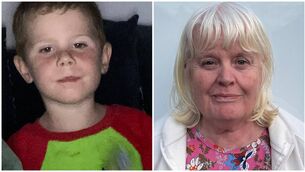Pandemic could be key trigger for wave of child poverty

The results of the study "underline the likely consequences of the current pandemic for children through parental unemployment, increased poverty and financial stress".
Relationship breakdown and parental job losses are key triggers for child poverty — the recession also had a pronounced effect — and new research suggests the pandemic could have a similar impact unless steps are taken now.
The report by the Economic and Social Research Institute (ESRI) is based on findings from the Growing up in Ireland (GUI) survey, looking at the economic evidence and exposure to poverty of children from infancy to nine years (the 2008 Cohort) and from nine years to 17 years (the 1998 Cohort).










